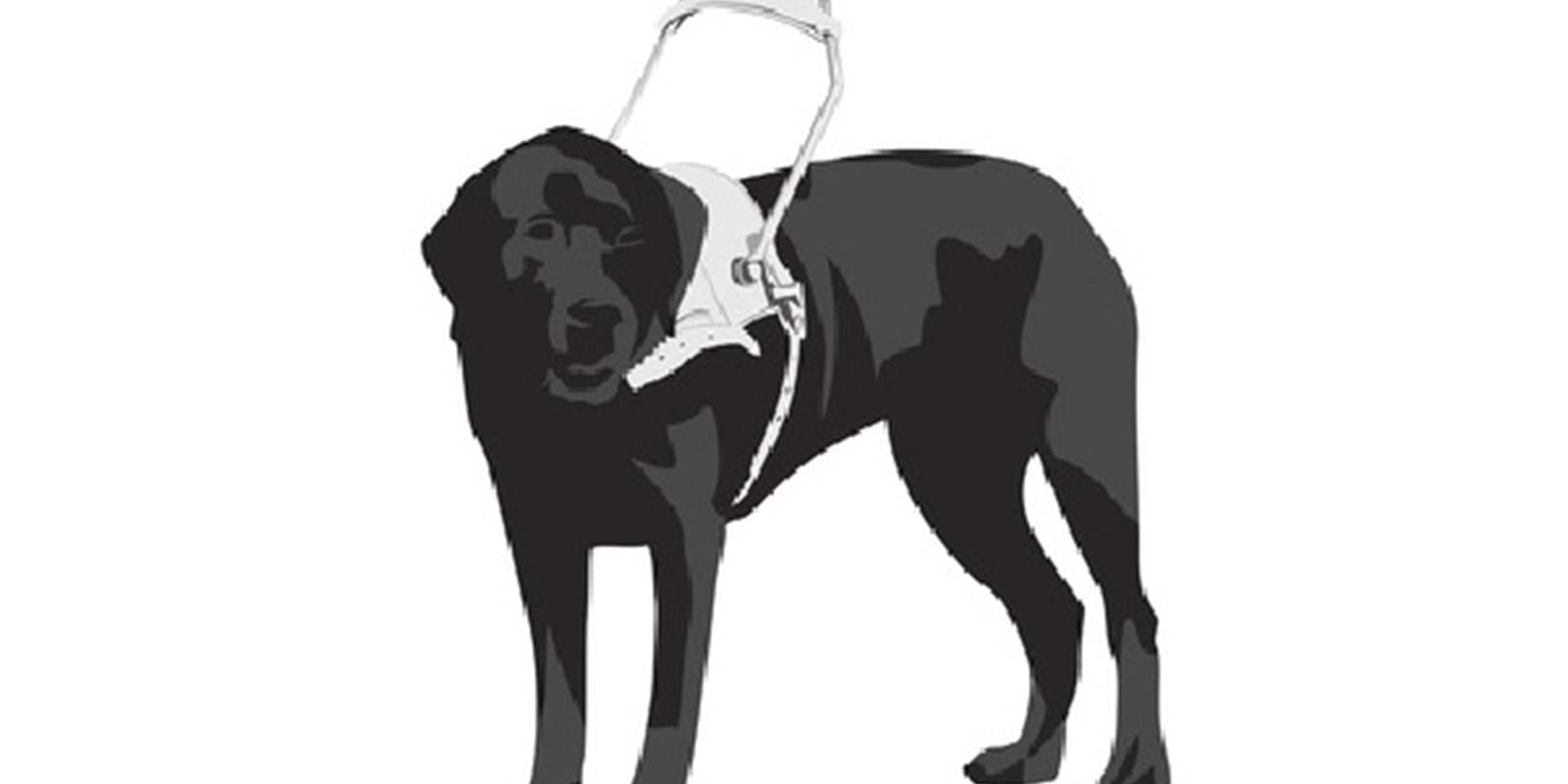Everyone is aware of the existence of guide dogs and their usefulness for people with visual disabilities. With the help of a guide dog, people with visual disabilities are able to get around safely and more readily in public places. The dogs compensate for their limitations, as would a mobility self-help device or a white cane, for example.
For some years now, another type of dog has been being trained to assist handicapped individuals with disabilities other than visual. This other type of dog is the service dog. Service dogs, like guide dogs, accompany handicapped individuals as they move around, helping to make up for certain inabilities or limitations.
Service dogs, as the name suggest, provide assistance to physically handicapped individuals, by pulling their wheelchair, by picking up objects and by positioning themselves to facilitate the move from the wheelchair to a chair, sofa or bed.
Service dogs come from the same breeding programs as guide dogs. Usually, the training period lasts three months, and the assignment adjustment period lasts tree weeks.
The teams formed by a handicapped individual and a service dog are monitored on a twice-yearly basis—more often if needed.
Service and companionship dogs are trained to help people with motor disabilities to compensate for their inability to grasp objects, move around in a wheelchair, walk on their own or change positions.
The program is available to youth and adults.
Who can benefit from a service (assistance) dog ?
Currently, more than 400 handicapped individuals use service dogs trained by the MIRA Foundation, the sole accredited guide dog and service dog training centre in Quebec.
In the tradition of the Quebec Charter of Human Rights and Freedoms, it is safe to assume that service dogs, like guide dogs, can be regarded as a means of dealing with a handicap. While guide dogs are trained for use by people with visual impairments, service dogs are trained to assist youth or adult individuals with motor or organic disabilities or individuals with Duchenne muscular dystrophy, muscle atrophy, paraplegia, quadriplegia or multiple sclerosis. The majority of handicapped individuals with service dogs are confined to a wheelchair—be it manual or motorized.
Characteristics of a service (assistance) dog
Service (assistance) dogs receive specific training at the MIRA Foundation to work in service of handicapped individuals in the physical realm, extending the motor abilities of these individuals. When working, service dogs always wear a harness. Service dogs trained in Quebec are Labradors, Bernese mountain dogs or Labernois.
Breed, however, is no guarantee that a dog will be a good candidate for training. At MIRA, dogs undergo a rigorous selection process. Dogs that are exceedingly fearful, overly aggressive or insufficiently drawn to humans will not be trained. As well, it sometimes happens that once training is underway, some selected dogs do not live up to expectations. These dogs are then removed from the training program.
With the help of service dogs, individuals can enjoy greater autonomy, as they no longer require constant assistance from another person. Service dog training aims to qualify these dogs to safely fulfil three specific assistance functions with handicapped individuals: grasping, physical support and pulling.
The grasping function involves picking up objects for the handicapped individual. For example, the dog might pick up a set of keys or a coin that the individual has dropped. This function is particularly important for individuals who, due to significant muscle weakness, often drop objects and are unable to lean over and pick them up.
The physical support function is especially useful to individuals who use a wheelchair. These individuals can lean on their dog as they move from bed to the wheelchair or from their wheelchair to a car seat. The dogs can also help individuals who have tipped over in their wheelchair to right themselves.
The pulling fonction is also crucial. Service dogs can pull a manual wheelchair over the lip of a sidewalk ramp or up an access ramp to a building. Dogs position themselves on the lefthand side of the wheelchair to provide pulling assistance.
Training
To carry out these functions appropriately and safely, dogs must undergo rigorous training. The training lasts approximately four months. The trainer teaches the dog to obey different commands so that it will be able to safely carry out its grasping, support and traction duties. The dogs learn to walk with a person in a wheelchair and become familiar with different environments—curbs, malls, public transit, and so on.
Pairing
The dogs are then paired with handicapped individuals, who are housed at the MIRA Foundation for tree weeks, during which time they get to know their dog. The dogs then learn to assist these individuals in their home environment as they carry out their regular activities. Home monitoring is carried out after the training to ensure that the dogs have assimilated their training fully and properly.
On the average, it costs the MIRA Foundation $30,000 to train a service dog. All dogs from the Mira Foundation are given free of charge.

